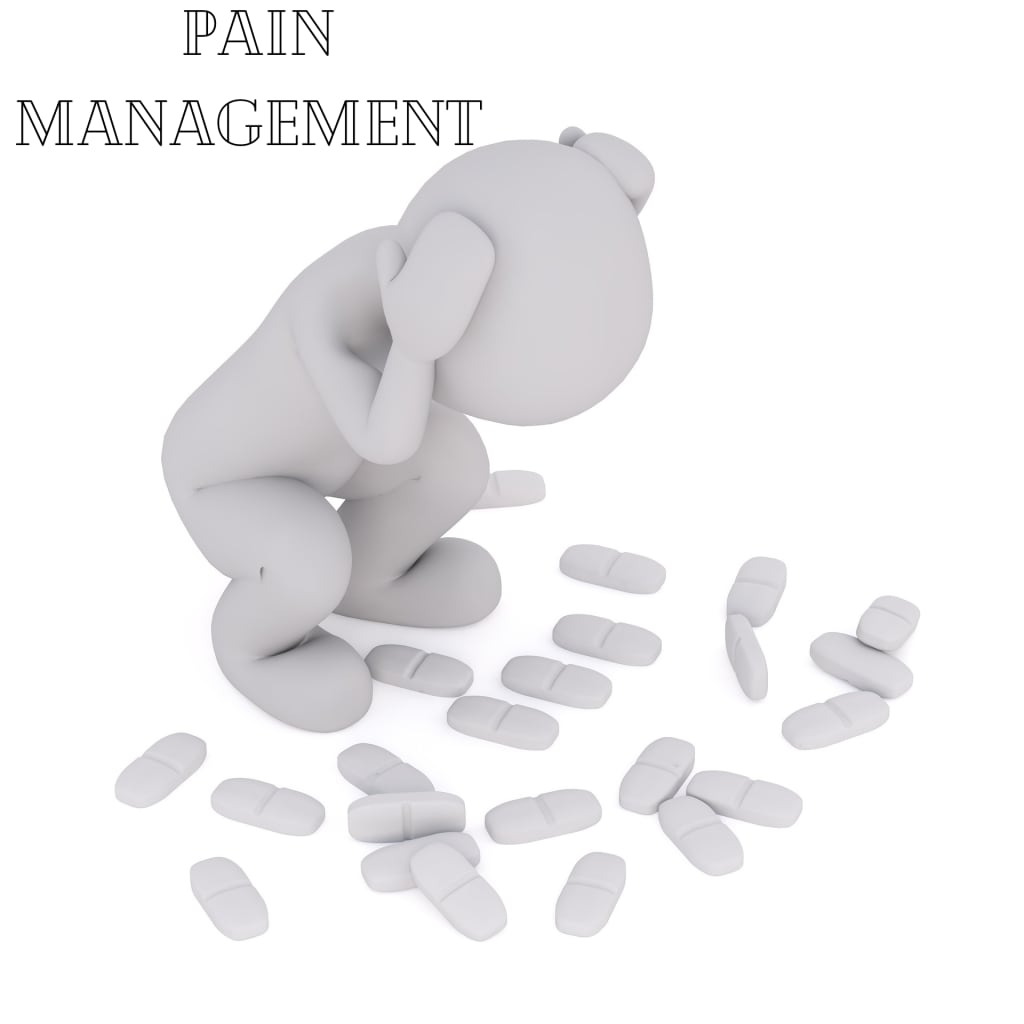The Ultimate Guide to Managing Chronic Pain: Tips and Treatments
Chronic Pain Management

Chronic pain affects millions of people worldwide, significantly impacting their quality of life. Whether it’s due to arthritis, back pain, fibromyalgia, or another condition, managing chronic pain can be challenging. This ultimate guide provides tips and treatments to help manage chronic pain effectively and improve your overall well-being.
Understanding Chronic Pain
Chronic pain is defined as pain that lasts for more than three months. Unlike acute pain, which is a direct response to an injury, chronic pain persists beyond the normal healing time. It can stem from an initial injury, ongoing illnesses, or no clear cause.
Common types of chronic pain include:
Arthritis pain: Joint pain and inflammation.
Back pain: Persistent pain in the back.
Fibromyalgia: Widespread musculoskeletal pain.
Neuropathic pain: Pain caused by nerve damage.
Importance of Managing Chronic Pain
Chronic pain can lead to physical and emotional strain, affecting daily activities, sleep, and mental health. Effective pain management is crucial for maintaining functionality, reducing discomfort, and improving quality of life.
Tips for Managing Chronic Pain
Stay Active
Exercise regularly: Engage in low-impact activities like walking, swimming, or yoga to keep muscles strong and improve mobility.
Physical therapy: A physical therapist can design a customized exercise plan to help manage pain and improve function.
Healthy Diet
Anti-inflammatory foods: Incorporate foods like fruits, vegetables, nuts, and fatty fish into your diet to reduce inflammation.
Stay hydrated: Drinking plenty of water helps maintain body functions and reduces pain.
Pain Relief Techniques
Hot and cold therapy: Applying heat or ice packs can alleviate pain and reduce inflammation.
Massage therapy: Regular massages can help relax muscles and reduce pain.
Mind-Body Techniques
Meditation: Practices like mindfulness meditation can help manage pain by promoting relaxation and reducing stress.
Deep breathing exercises: Controlled breathing can help calm the nervous system and reduce pain perception.
Sleep Hygiene
Establish a routine: Maintain a regular sleep schedule to improve sleep quality.
Create a restful environment: Ensure your bedroom is dark, quiet, and cool to promote better sleep.
Stress Management
Cognitive Behavioral Therapy (CBT): This therapy helps change negative thought patterns and behaviors related to pain.
Relaxation techniques: Activities like progressive muscle relaxation and guided imagery can help reduce stress and pain.
Ensure Your Family's Health with "The Home Doctor" - Essential Medical Guide
Secure your family's health and safety with "The Home Doctor: Practical Medicine for Every Household." This 300-page guide, authored by experienced front-line doctors, offers invaluable medical knowledge and step-by-step instructions for managing common ailments at home. Learn to stockpile antibiotics legally, master 32 life-saving treatments, and handle emergencies confidently. Authored by Dr. Maybell Nieves, this guide prepares you for health crises when the medical system is unreliable. Equip yourself with the knowledge to protect your loved ones. Get your copy today and ensure your family's health and safety in any crisis. Don't wait—get "The Home Doctor" now!
Social Support
Join a support group: Connecting with others who understand your experience can provide emotional support and practical advice.
Communicate with loved ones: Sharing your pain management journey with family and friends can foster understanding and support.
Medical Treatments for Chronic Pain
Medications
Over-the-counter pain relievers: Medications like acetaminophen and ibuprofen can help manage mild to moderate pain.
Prescription medications: Doctors may prescribe stronger pain relievers, muscle relaxants, or antidepressants for more severe pain.
Injections and Procedures
Corticosteroid injections: These can reduce inflammation and provide temporary pain relief.
Nerve blocks: Injections that block pain signals from specific nerves can provide relief for certain types of pain.
Alternative Therapies
Acupuncture: This traditional Chinese medicine technique involves inserting thin needles into specific points on the body to relieve pain.
Chiropractic care: Chiropractic adjustments can help alleviate back and neck pain by improving spinal alignment.
Surgery
In severe cases, surgery may be necessary to address the underlying cause of chronic pain. This option is typically considered when other treatments have failed.
Personalized Pain Management Plan
Developing a personalized pain management plan with your healthcare provider is essential. This plan should take into account the type of pain, its severity, and your overall health. Here’s a step-by-step approach:
Assessment: Your healthcare provider will evaluate your pain, medical history, and any underlying conditions.
Goal Setting: Set realistic goals for pain reduction and improvement in daily activities.
Treatment Plan: Combine various treatments and strategies to address your specific needs.
Monitoring: Regularly review and adjust your plan based on its effectiveness and any changes in your condition.
The Role of a Pain Management Team
A multidisciplinary approach to pain management can provide comprehensive care. Your pain management team may include:
Primary care physician: Manages overall health and coordinates care.
Pain specialist: Provides expertise in pain management techniques and treatments.
Physical therapist: Designs and supervises exercise programs.
Psychologist: Offers support for mental health and stress management.
Long-Term Management and Coping Strategies
Managing chronic pain is a long-term commitment. Here are some coping strategies to help you stay on track:
Educate Yourself: Stay informed about your condition and treatment options.
Stay Positive: Focus on the progress you’ve made and celebrate small victories.
Be Patient: Finding the right combination of treatments may take time.
Seek Help: Don’t hesitate to ask for support from healthcare providers, family, and friends.
Conclusion
Managing chronic pain is a multifaceted process that requires a combination of medical treatments, lifestyle changes, and coping strategies. By staying proactive and working closely with your healthcare team, you can effectively manage chronic pain and improve your quality of life. Remember, every individual's pain experience is unique, so it’s important to find the right approach that works for you.
About the Creator
Enjoyed the story? Support the Creator.
Subscribe for free to receive all their stories in your feed. You could also pledge your support or give them a one-off tip, letting them know you appreciate their work.





Comments
There are no comments for this story
Be the first to respond and start the conversation.